Introduction
No, dogs cannot eat caramel. In most cases, caramel is not directly toxic to dogs meaning you do not need to rush to the clinic if your dog steals one small bite or lick.
However, caramel poses multiple hazards, mostly due to its high sugar levels. Giving your dog caramel can trigger both acute and long-term issues. Therefore, you must never purposely feed your dog caramel.
Why is Caramel Bad for Dogs?
Caramel is tasty – that is for sure. However, it is bad for dogs because of several reasons. Some caramel-eating consequences are benign and transient, while others are long-lasting and concerning.
Feeding extra sugary foods is not a dog-friendly nutritional choice. However, it is not just the sugar levels that are concerning. If you ever considered sharing caramel with your dog, here are the main reasons you should think twice.

Unnatural Food Choice
Have you ever seen a wild dog eating caramel? Well, simply put, caramel is not part of the dog’s natural diet and does not make a smart dietary choice. We often humanize dogs and give them human foods that end up doing more harm than good.
Stomach Upset
Dogs have extra sensitive stomachs, and sugar is hard to digest. This combination is a recipe for disaster that results in a severe diarrhea bout accompanied by appetite changes, vomiting, abdominal pain, dehydration, and lethargy.
Dental Disease
Cavities and tooth decay are widespread among dogs. Eating high-sugar foods like caramel only adds to the problem and increases the risk of dental diseases. Considering how certain dog breeds are predisposed to such dental issues, it is best to limit the sugar intake and prevent aggravations.
Weight Gain and Obesity
When eating too much sugar, the scale goes up pretty quickly. This concept is the same in dogs as in people. Although not a disease on its own, obesity increases the risk of other conditions. Common obesity-related complaints include heart issues, arthritis, cruciate injuries, disc prolapse, diabetes, cystitis, hypothyroidism, and certain types of cancer.
The Diabetes Issue
It goes without saying that sugar is a no-go for dogs with diabetes. Sugary foods like caramel cause sudden spikes in blood sugar levels. Plus, healthy dogs fed caramel-like foods over a prolonged period of time are at higher risk of developing diabetes.
Hyperactivity and Irritability
Kids should not eat sugar before going to bed because they are likely to get hyper and moody. Sadly, dogs are the same. Overeating on sugar affects the dog’s overall mood causing hyperactivity followed by nerve-wreaking irritability.
Xylitol poisoning
Xylitol poisoning is one of the potential hazards linked with eating caramel. Namely, some caramel recipes include artificial sweeteners for boosted sugary effect. The most common artificial sweetener is xylitol which sadly, is highly toxic to dogs.
Signs Your Dog has Eaten Caramel
We all make mistakes – if you gave your dog caramel without knowing it is dangerous or left some on the table and your dog treated itself, you are probably about to witness some or most of the following signs and symptoms:
- Irritability
- Moodiness
- Hyperactivity
- Lack of focus
- Restlessness
- Increased heart rate
- Panting
- Lethargy.
After these behavioral issues pass, the next phase includes the stomach upset telltale signs and symptoms:
- Vomiting
- Diarrhea
- Drooling
- Abdominal pain
- Gassiness
- Dehydration.
Finally, if the caramel was enriched with xylitol, you can expect:
- General weakness
- Staggering
- Loss of coordination
- Seizure
- Collapse.

What to Do If My Dog Ate Caramel?
Dealing with the aftermath of caramel-involving dietary indiscretion is challenging. However, you need to stay calm and act appropriately. First, you must separate the dog from the caramel (just because your dog ate some does not mean you should let it keep snacking).
Then you need to evaluate the situation – see how your dog feels and behaves and, if possible, determine how much caramel it ate. This can be tricky, especially if you do not know how much caramel was there in the first place.
Then, it is time to call your trusted veterinarian and explain what happened. Based on the information you provide, the vet will suggest what is best – to carefully monitor your dog at home, induce vomiting, or have your dog brought to the clinic for an in-person examination.
In case the vet recommends vomiting induction, you need to know how to do it. Luckily, making your dog vomit is not complicated. You just need some hydrogen peroxide (the recommended dose is one teaspoon per 5 pounds of body weight). If your dog does not vomit after the first dosing, you can repeat the procedure for up to three times.
Summary
All in all, caramel is not a dog-friendly food. Although not directly toxic, it is dangerous on various levels. Most caramel risks stem from its high sugar levels and the fact that dogs are not very good at processing this nutrient.
Instead of giving your dog caramel, you should opt for more dog-friendly yet sweet treat options like fresh fruit chunks (banana, apples, peaches, melons) or commercially available dessert dog treats.
Sources
- Xylitol Poisoning in Dogs, Wendy Brooks, 2020
- How Obesity is Causing Arthritis in Our Dogs, PetMD Editorial, 2014
- Evaluation of thyroid function in obese dogs and in dogs undergoing a weight loss protocol, S Daminet, I Jeusette, L Duchateau, 2003
- Lifestyle and diabetes mellitus in cats and dogs, Charlotte Bjørnvad, 2015
- Diabetes and dental disease, John Lewis, 2018
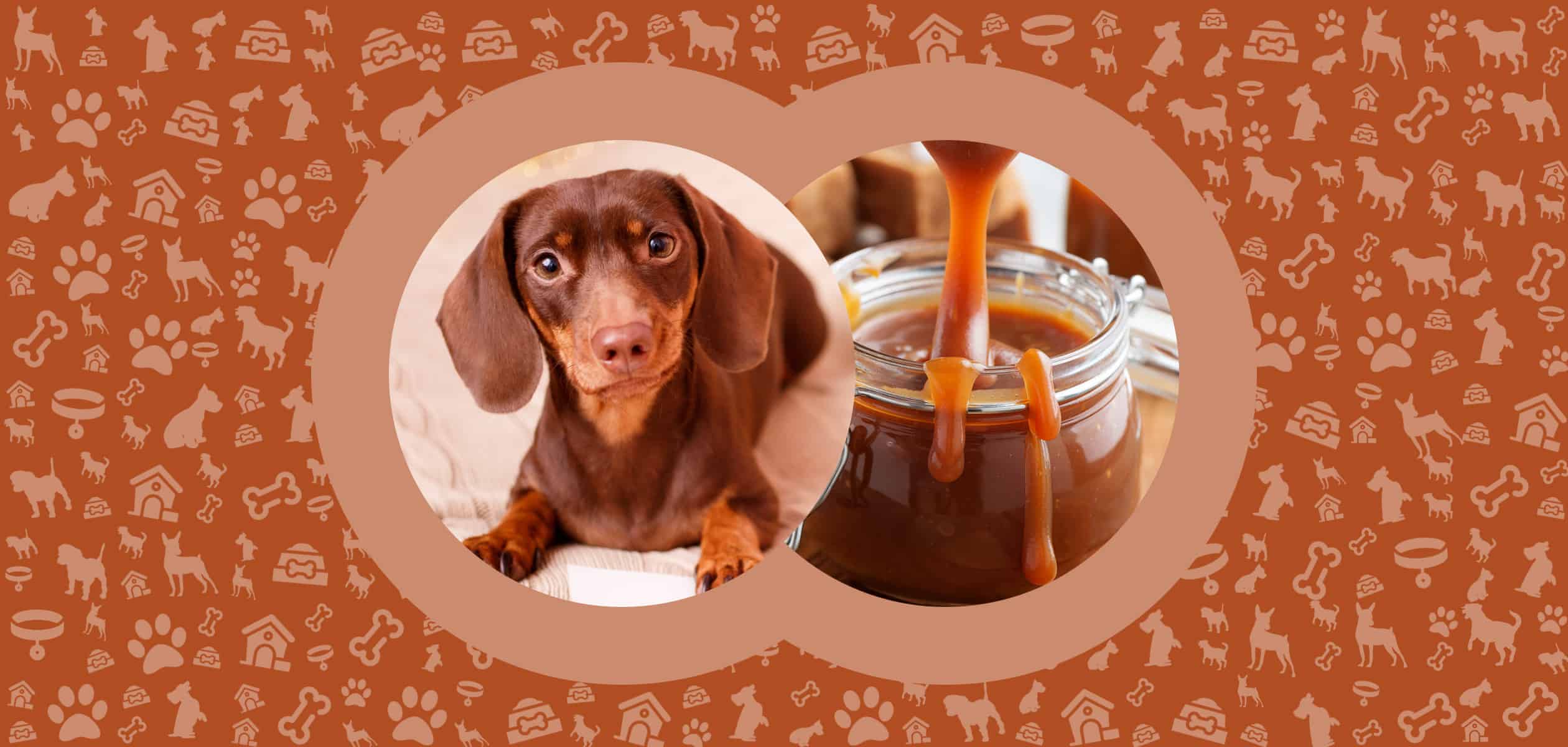
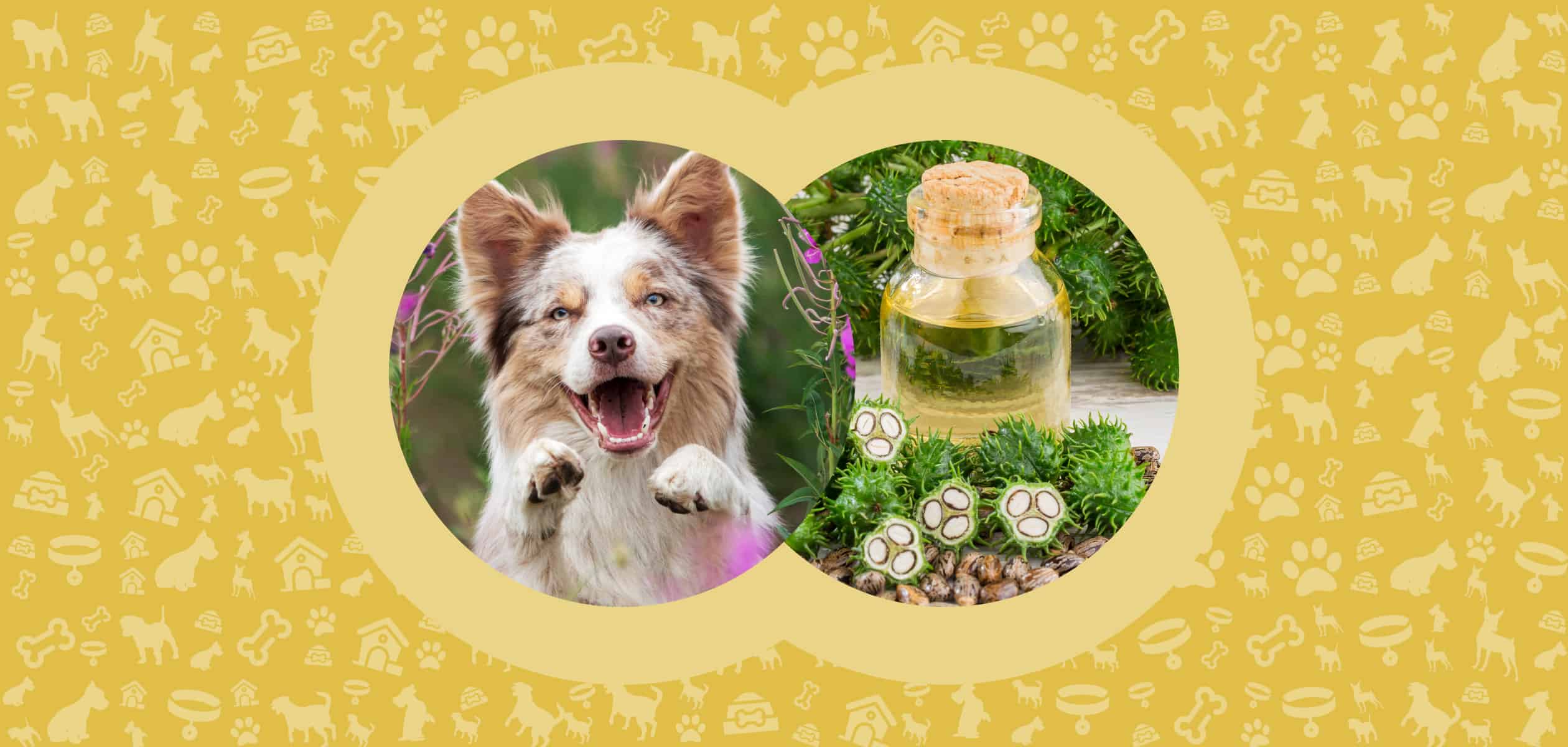

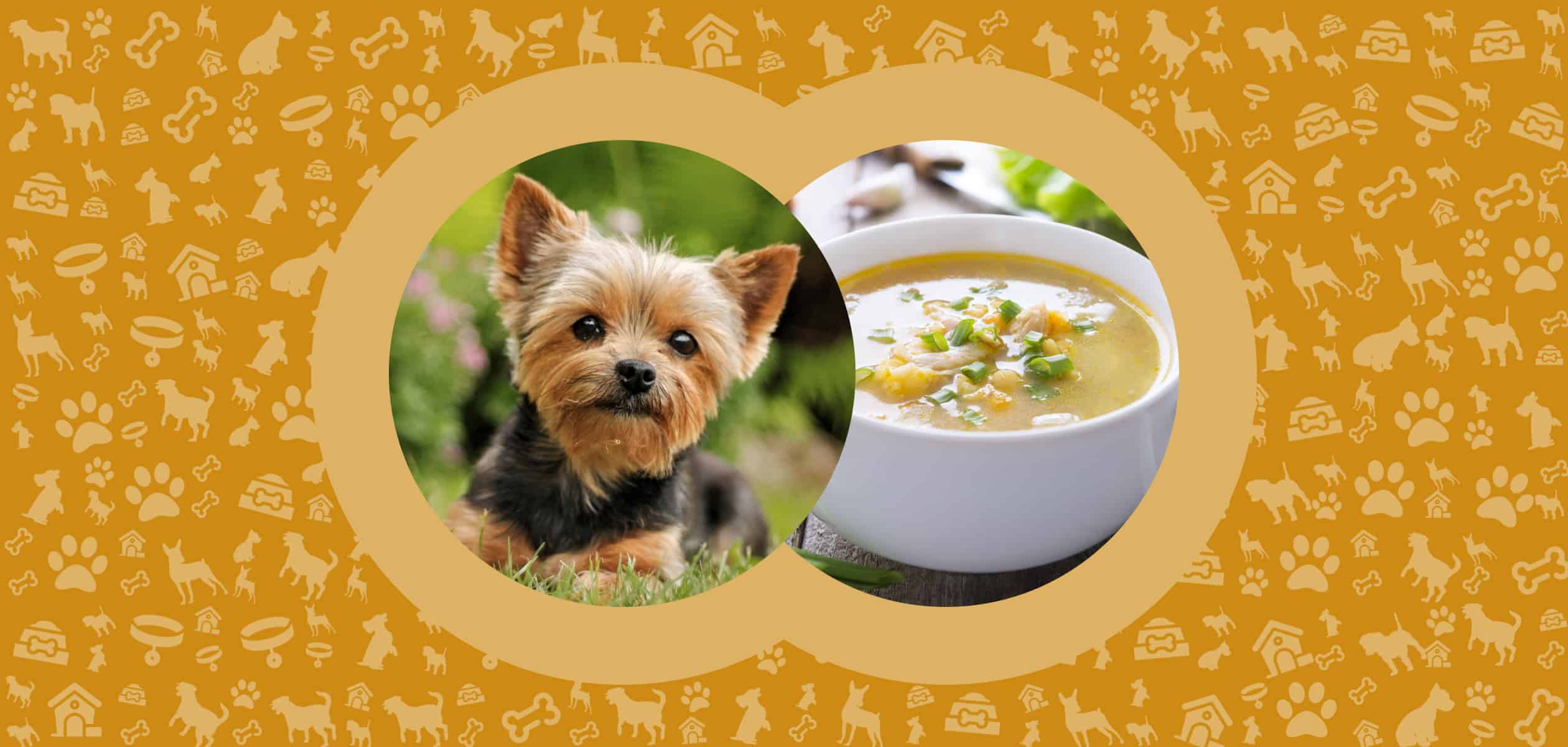
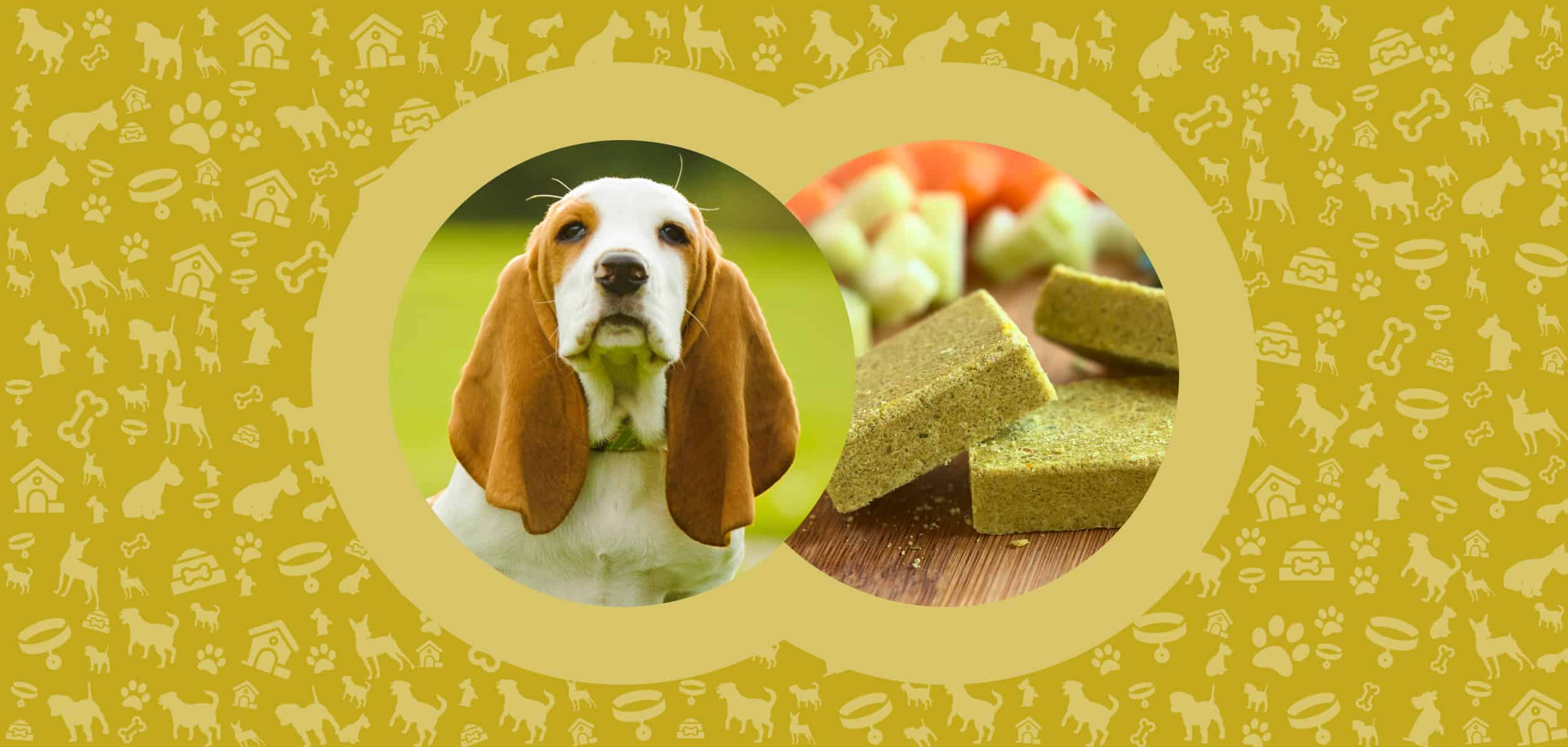
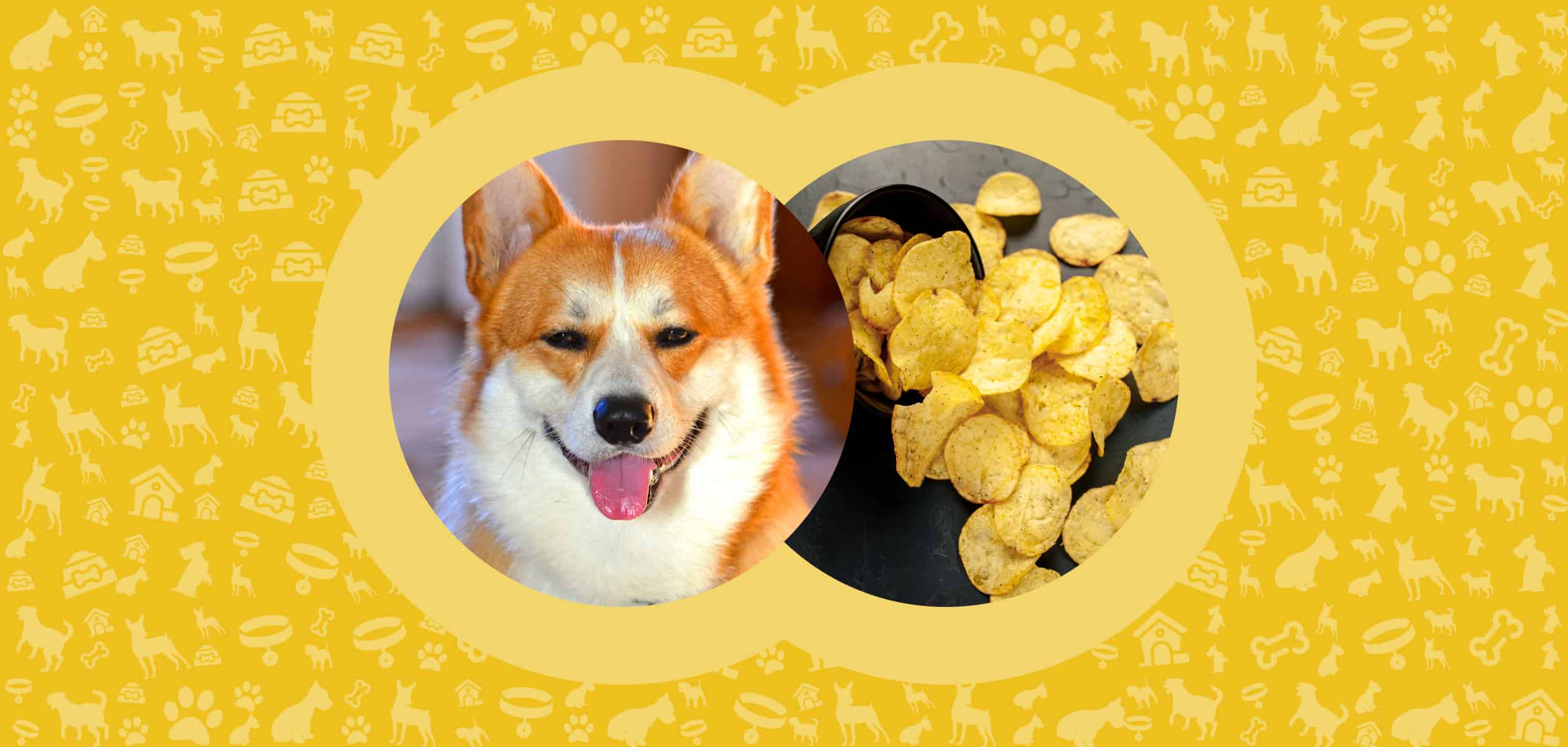
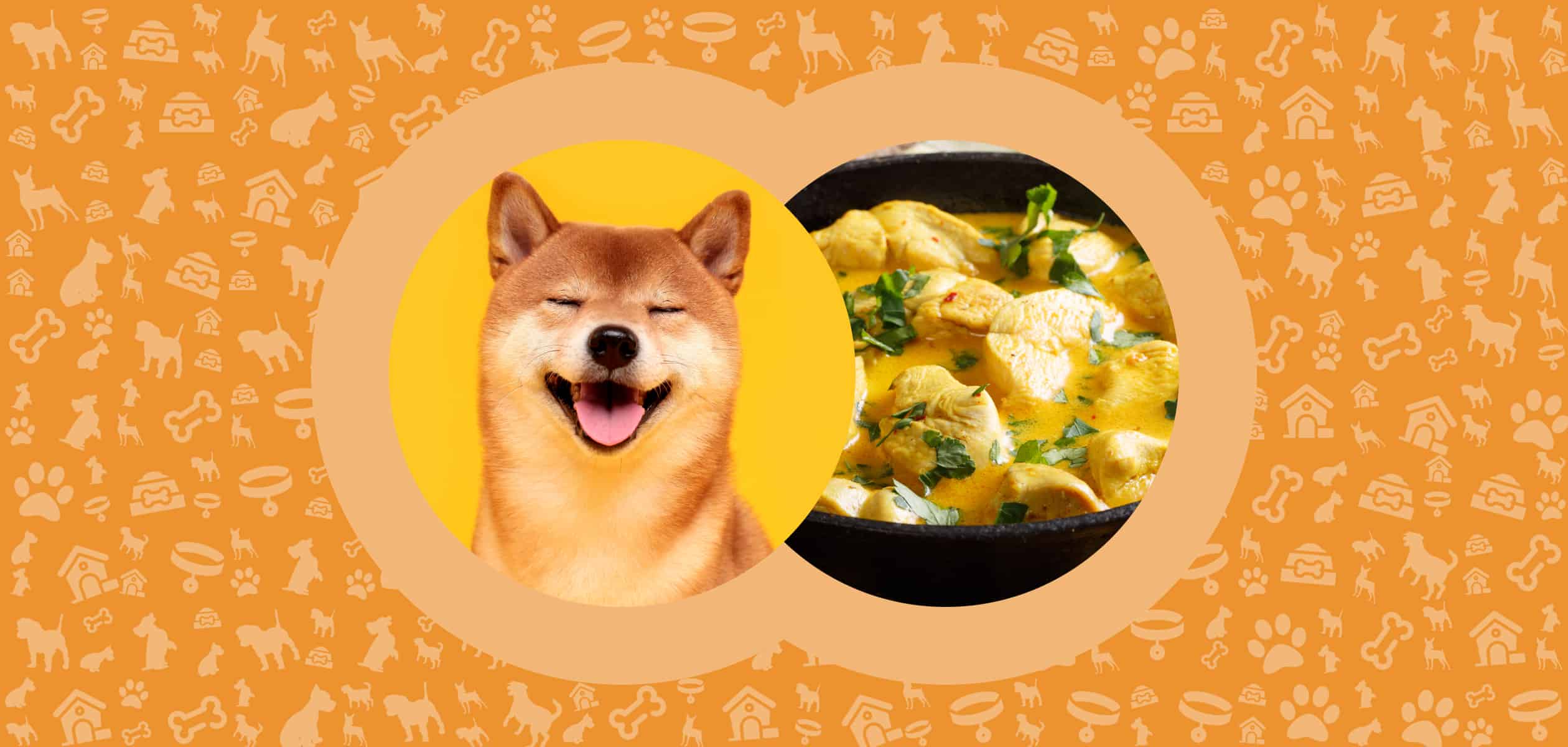
Leave a Comment